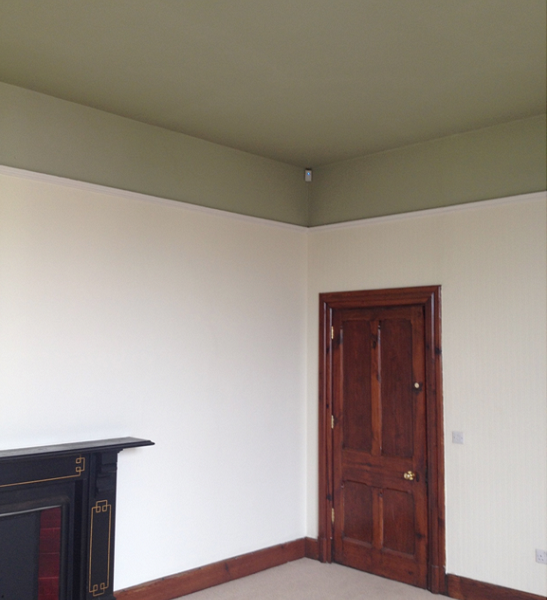With so much choice in our DIY stores today do you get baffled when walking down the paint aisles? Do you know the different house paints and where to use them?
There is no need to be overwhelmed – despite the row upon row of paints there are really just two types of paint – oil-based and water-based. 
Let’s take a look at the different house paints and where to use them.
Primer – While not always considered as paint it will be found in the paint aisle. Primer can be either water or oil based so it’s important to match up the primer or the type of paint you’re going to use.
Gloss Paint – This is traditionally oil-based, usually with added resin to make it more hard-wearing. With its shiny finish, gloss paint reflects a lot of light. It is perfect for woodwork like doors, shelving and skirting. Within the gloss paint range there are more choices…
- Liquid Gloss – extremely hard-wearing and resistant to dirt this paint does require an undercoat first but results in a really high gloss finish. A good choice for doors and woodwork in your home and rooms that get a lot of traffic, this could be the hallway or children’s playroom.
- Satinwood – gives a more subtle sheen rather than shiny gloss. While it’s durable, it’s not as hard-wearing as liquid gloss. Satinwood will look good on skirting but may not wear as well on doors.
- Eggshell – will give you a flatter matt-like finish and would normally be used on architrave or skirting.
- Non-drip Gloss – with its jelly-like consistency can be a good choice if you’re a messy painter as it’s less likely to drip. However if too much paint is applied and not spread enough it will produce runs, especially when painting in corners.



Now for the walls
Interior paint for walls – Emulsion is the most popular paint for your ceilings and walls. This water-based paint is easily applied and dries quite quickly. There are three main finishes in emulsion paint…
- Vinyl Silk – it’s a good idea to use this paint in rooms that may get a lot of moisture like condensation. It is a good choice too for common rooms in your house like the kitchen, hallways or playroom. It is the most durable of the emulsion paints and gives a high sheen finish. Some paint brands offer specific vinyl silk paints that contain fungicide to protect against mould etc for use in kitchens, bathrooms and areas of high humidity.

- Vinyl Satin – will give you a soft sheen finish, not as durable as vinyl silk but more durable than matt. Not ideal for kitchens, it’s advisable to use this paint finish in areas that may only need the occasional wipe down like the living room or dining room.
- Vinyl Matt – while this emulsion doesn’t wear as well as the silk or satin it’s non-shine finish is perfect for not showing those small imperfections. A great choice for ceilings or bedrooms where there is less chance of the walls getting dirty.
Another interior emulsion finish is eggshell.
Falling somewhere between matt and silk, with less of a sheen that satin, when applied it looks like the surface of an eggshell. This paint type can give a classic look to woodwork, or you can use on walls to give a heritage style finish.
Now that you know a little more about the different paints and where to use them you’re ready to step back into the DIY store with confidence. Stores that offer paint mixing will be able to give you your chosen colours in your chosen paint type so that you can get the finish you want.

